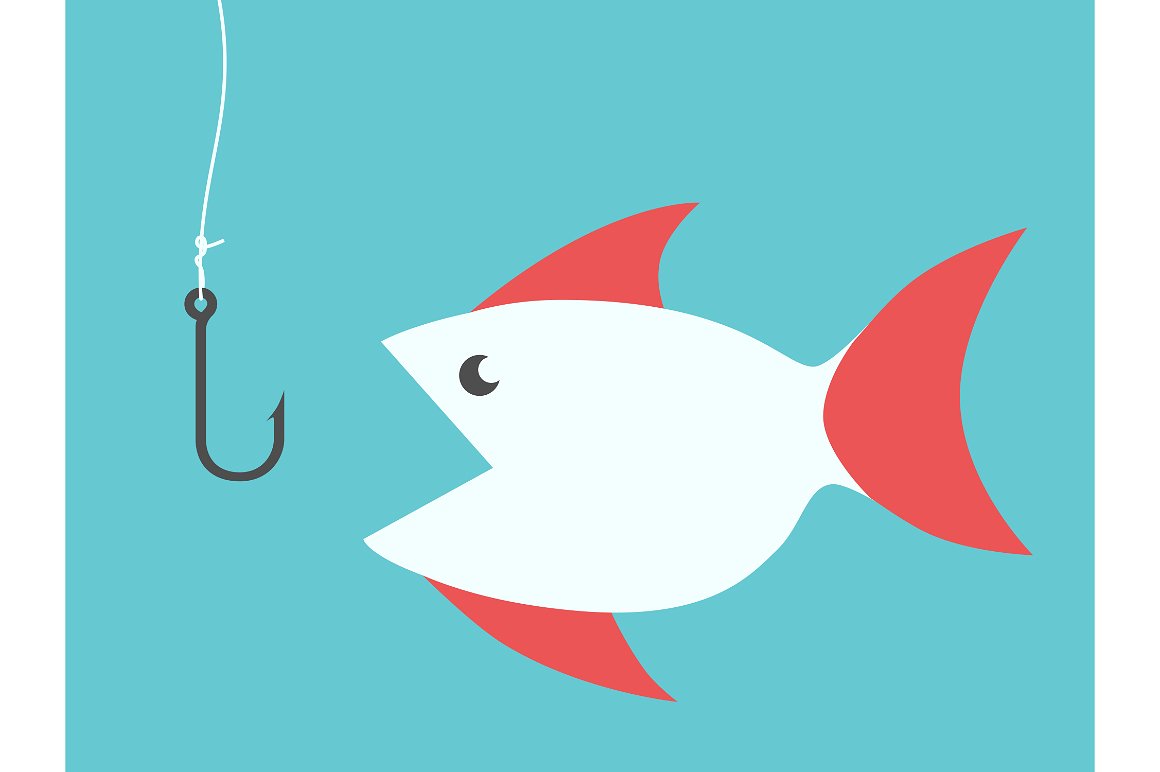The Art of Presentation: Getting Dialed In

I recently went fishing with a top-rated captain in Montauk, NY. We set off at 7 AM on a brisk November morning heading towards Block Island, RI in search of the elusive Tautog otherwise known as Blackfish. They make their home in rock piles and wrecks. They also put up a heck of fight.
Captain Steve anchored the boat over the wreck by 9 AM that morning. With a crew of me, Mike and the Captain, we lowered our baits down into the water, about 70 feet deep and looked forward to a great day on the water catching some fish.
After three hours of fishing Captain Steve and Mike were catching the Blackfish left and right. Nearly, every drop to the bottom of the live crab baits resulted in a hook-up with a Blackfish on the end of the line.
I was getting frustrated; I wasn’t doing as well! What gives? Why am I not as effective?
Asking the Right Questions:
The baits we were all using were the same; both sides of the boat were producing too. The only difference between the three of us was in the kind of rigs we were each using. Steve and Mike were using a double rig that kept the baits suspended slightly above the wreck; I was using a double rig too, however it was the type that laid the baits flat on the bottom (which usually works fine) just out of the zone. And that was the difference on this day; it was all in the presentation and placement of the bait.
When I put my ego aside (three hours later); when I asked the right questions and observed the subtle differences between how the three of us were fishing, I was able to get to the root cause of not catching. Once I switched rigs to what was working, I started catching. It was really that simple.
The right mix:
Later that evening, I was thinking how the days experience relates to business. How and where a company’s products and services are offered to customers; across multiple touch points, the channels and ever-changing consumer behavior.
Getting that mix right should be an ongoing process.
In this case study, the target species blackfish are your potential customers. Steve and Mike are your competitors. The bait is your product or service. The rigs and hooks are your marketing. Everything together should be looked at holistically.
Some Key take-a-ways:
Competitive Intelligence: Keep an eye on the competition. Make it an active part of your overall strategy.
Customer Behavior: What works on one particular day, in one particular way, may not work tomorrow. Make sure you have the right customer feedback mechanisms in place.
Product Placement: The marketing was near the zone, but not in the right zone. If I had customer feedback management, if I measured results, I would have been able to act sooner, tweak the process and make the necessary changes for success.
Having the right analytics, decision support tools and an embedded process that is aligned with organizational goals is fundamental to marketing success. Staying ahead of the curve; always learning and consistently questioning; being flexible, agile and pro-active.
It is often the little things that make the biggest difference. The message that ultimately comes across, the way you present and place your product or service, is a key ingredient to a successful customer engagement.

